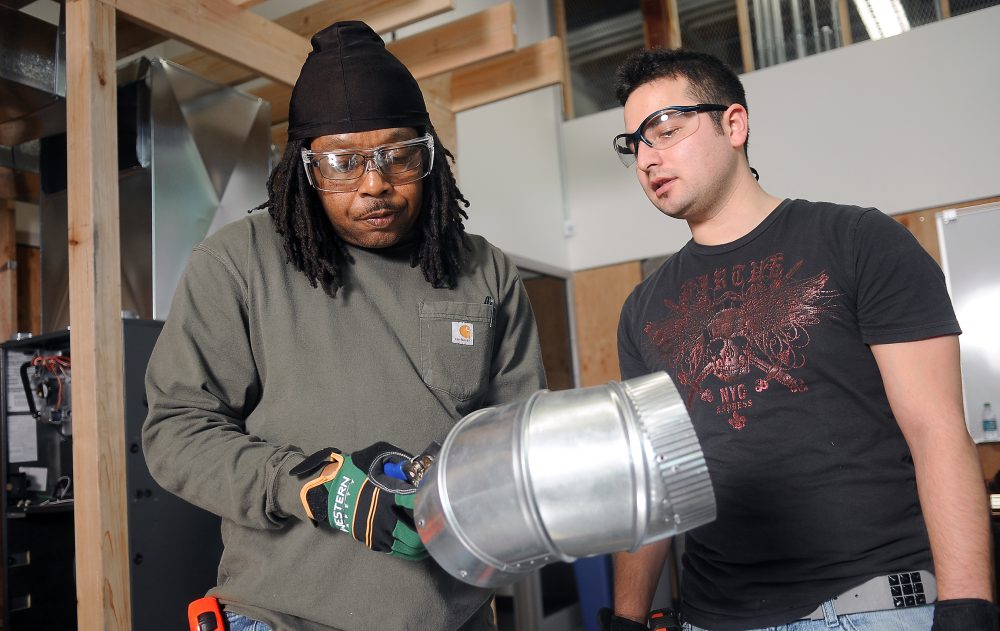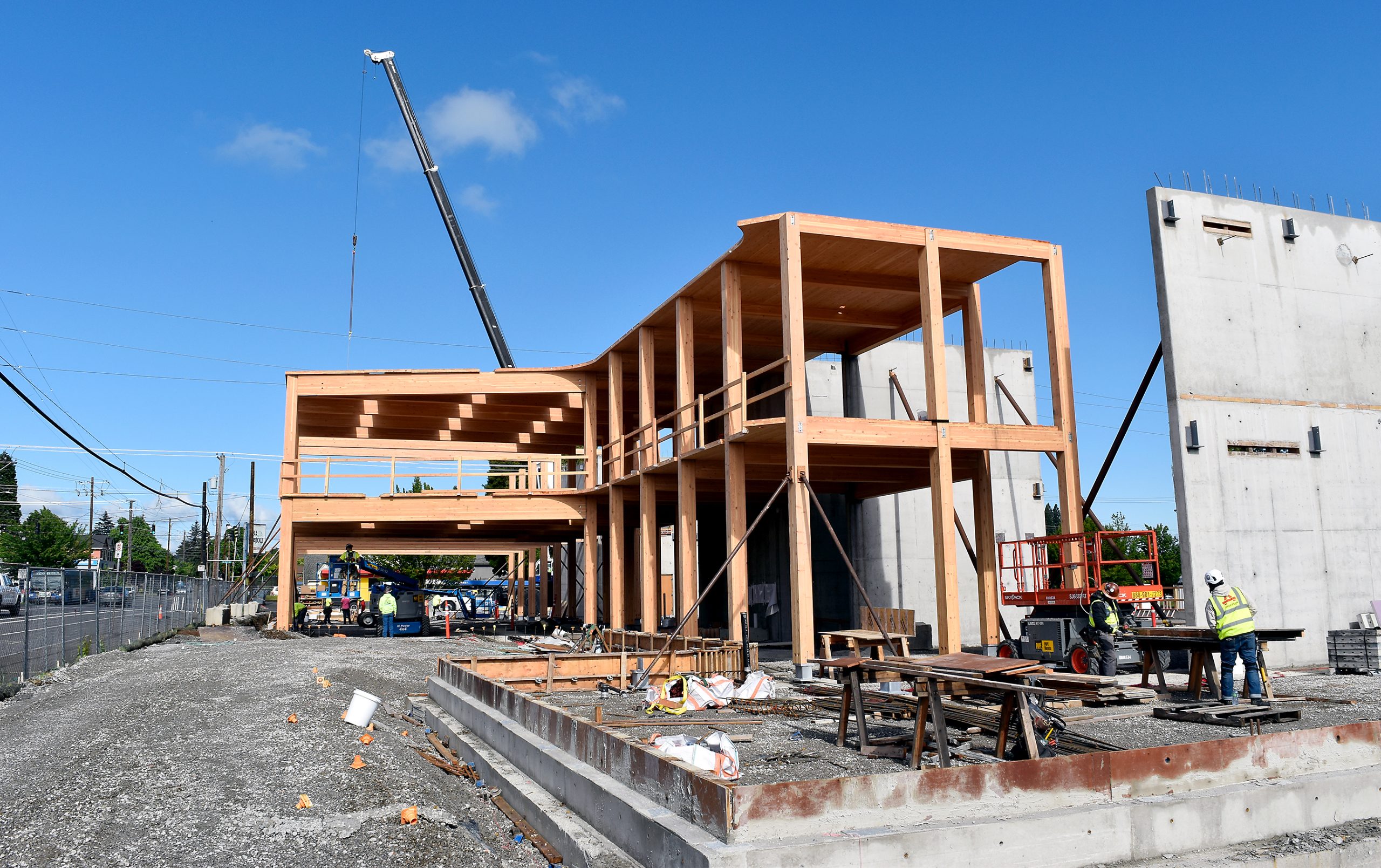This content was published: June 27, 2022. Phone numbers, email addresses, and other information may have changed.
PCC is leveraging public dollars to knock down barriers and serve workforce needs
Story by PCC Public Relations.

Public support helps community colleges be nimble in serving the community’s needs with the right training at the right time.
Access to education is not always equitable in the Portland area.
Marginalized communities face barriers to getting their degree. Less than half of people from Oregon’s communities of color have an associate degree or higher, according to the Higher Education Coordinating Committee. Barriers include lack of child care, unreliable transportation, and inadequate culturally-informed support on campus, which all keep these students from reaching their full potential.
“Portland Community College is a bridge to opportunity, a bridge to a better life, for countless members of our communities regardless of what zip code a student is born in,” said retiring PCC President Mark Mitsui. “Everybody deserves a shot. We serve students of color who are the first in their family to go to college, veterans who served in Afghanistan, the dislocated worker wondering if they have a future, the victim of domestic violence pursuing a new life … that’s the power of higher education.

2022 PCC Bond Measure
PCC will be on the November 8, 2022, ballot. If passed, the $450 million bond measure is estimated to maintain current tax rates for local homeowners. The bond would …
- Update technology and equipment to provide students with modern higher education and job training opportunities.
- Upgrade classrooms and technology to provide more options for hybrid learning so students have the flexibility to balance school with transportation challenges, job schedules and family responsibilities.
- Expand access to education for people living with disabilities.
- Increase facility life span and efficiency through heating and cooling upgrades, and updated ventilation, plumbing and electrical.
“And the college is helping them pursue upward mobility and overcome obstacles that may have held them back previously,” he added.
And, business owners across the board are facing critical staffing shortages. There are not only a record number of job openings in Oregon, but a lack of skilled workers to fill them. In a Willamette Week article on the jobs climate, for every seven unemployed people, there are 10 jobs available. To make matters worse, the COVID-19 pandemic has also left Portlanders anxious about the future and current stability of their jobs.
PCC has the resources and educational infrastructure to knock down these equity barriers and provide the training needed for its business partners and local industries. The college’s importance to the educational landscape is wide-reaching. As the largest institution of higher education in the state, PCC serves around 50,000 students every year with credit and non-credit classes, academic degrees and certificates, career-technical training, jobs resources and guided support.
According to a 2021 EMSI Economic Impact Study, PCC adds more than $2 billion a year to the income of the local economy. For every dollar of public money invested in PCC, taxpayers will receive $2.70 in return over the course of graduates’ working lives.
This November, PCC is proposing a $450 million bond measure that would support further access to education and better training for industry workers. The bond, if approved by voters, would go toward funding technology and renovations to train workers, foster more options for hybrid learning, and better connect busy and low-income students to classes and support across PCC’s service district, to name a few (see sidebar).
If the proposed bond passes, the estimated tax rate would continue to be $0.38 per $1,000 dollars of assessed home value. The bond will mature in approximately 16 years. If the proposed measure does not pass, the proposed services would not be provided and the tax rate would decline.
Wherever the public support comes from, it’s important for community colleges to continue receiving funding so they can be nimble in serving the community’s needs. The Oregon Manufacturing Innovation Training Center in Columbia County – a region that has long desired a way to train an advanced manufacturing workforce – is a project funded by PCC’s 2008 and 2017 bonds.
PCC’s OMIC Training Center’s bevy of programs – welding, machining, computer-aided drafting and advanced manufacturing – dovetails with the college’s partnership with nearby OMIC R&D, which is a collaboration of industry, higher education and government. Together, their mission is to develop innovative manufacturing technologies and processes and teach them to the next generation of Oregon workers.
“This center is more than a building; it’s a community space,” said Carrie Weikel-Delaplane, PCC dean for mechatronics, electronics and advanced manufacturing technologies. “It’s a place of hope, a place of progress, fearless iteration and determination, just like the incredible people of Columbia County.”
